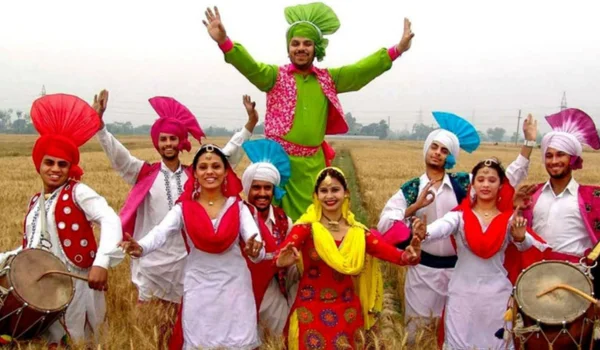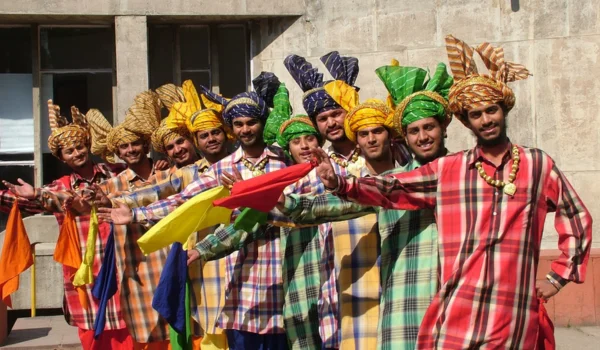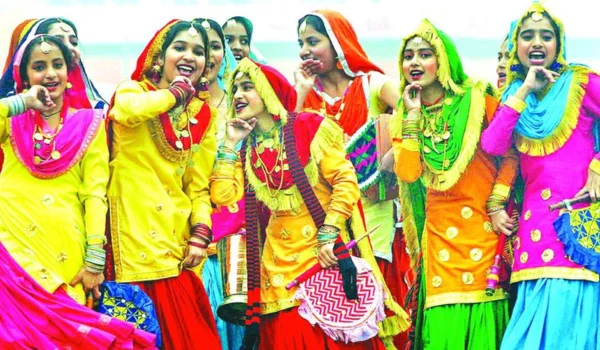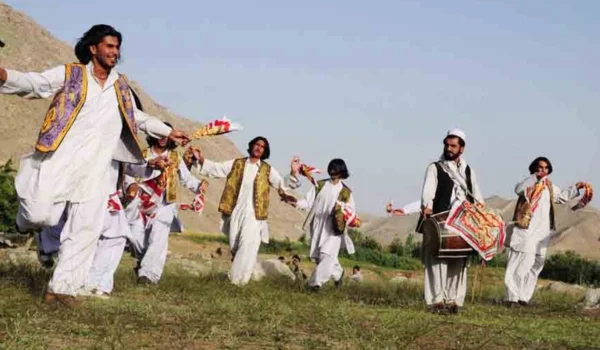Pakistan, a country rich in diverse cultures, traditions, and artistic heritage, boasts a wide variety of folk and traditional dances that reflect its ethnic diversity and regional uniqueness. With influences from Persian, Central Asian, Mughal, and indigenous South Asian traditions, the dance forms of Pakistan hold a significant place in festivals, weddings, religious celebrations, and social gatherings.
Traditional dances in Pakistan are broadly categorized into folk dances, tribal dances, and classical dances. Each region, from Punjab to Balochistan and Sindh to Khyber Pakhtunkhwa (KP), has its distinct dance styles, showcasing the cultural richness and artistic vibrancy of the country.
In this article, we explore some of the most famous traditional dance forms of Pakistan, their origins, significance, and cultural importance.
1. Bhangra (Punjab)
Bhangra is one of the most energetic and popular folk dances of Pakistan, originating from Punjab. Traditionally, it was performed by farmers to celebrate the harvest season, but today, it is performed at weddings, festivals, and cultural events.
Features:
- High-energy movements, including jumps, kicks, and coordinated arm gestures.
- Performed in groups, often in a circle or semi-circle.
- Associated with joy, celebration, and festivity.
- Often performed during Baisakhi (harvest festival), weddings, and national celebrations.
Costume & Music:
- Men wear colorful kurtas, turbans, and lungis, while women wear vibrant salwar kameez with dupattas.
- The music includes dhol (drum), flute, and tumbi, creating a rhythmic and upbeat atmosphere.
2. Luddi (Punjab)
Luddi is another traditional Punjabi folk dance, usually performed as a celebration of victory.
Features:
- Slower and more graceful movements compared to Bhangra.
- Performed with arms extended, hands rotating, and rhythmic foot movements.
- Commonly performed at sporting victories and celebrations.
Costume & Music:
- Performers wear simple Punjabi attire, often in bright colors.
- The music consists of dhol beats and folk singing, often narrating victory and success stories.
3. Giddha (Punjab)
Giddha is the female counterpart of Bhangra, performed by Punjabi women to express happiness, humor, and storytelling.
Features:
- Performed in a circle, with clapping and rhythmic hand gestures.
- Includes singing of folk couplets (Bolis), often witty and playful.
- Celebrates womanhood, joy, and life’s pleasures.
Costume & Music:
- Women wear colorful salwar kameez with embroidered dupattas and heavy jewelry.
- The music is mostly a cappella, with clapping and singing leading the rhythm.
4. Attan (Khyber Pakhtunkhwa & Balochistan)
Attan is the national dance of the Pashtun people, originating from Khyber Pakhtunkhwa and Balochistan. It is an ancient war dance, now performed at festivals and weddings.
Features:
- Performed in a large circle, with dancers moving in a repetitive pattern, spinning gracefully.
- The dance gradually increases in speed, demanding stamina and coordination.
- A symbol of strength, unity, and resilience.
Costume & Music:
- Men wear white or black shalwar kameez with large turbans.
- The music consists of dhol, surnai (flute), and rubab (string instrument).
5. Khattak Dance (Khyber Pakhtunkhwa)
Khattak Dance is a sword dance of the Pashtun Khattak tribe, originally performed by warriors before battle.
Features:
- Dancers perform quick spins, jumps, and acrobatics while wielding swords.
- It requires precision, agility, and strength.
- Represents Pashtun warrior traditions and history.
Costume & Music:
- Dancers wear loose-fitting shalwar kameez, turbans, and carry swords.
- The music consists of fast drum beats and flute melodies, creating an intense atmosphere.
6. Jhumar (Punjab & Sindh)
Jhumar is a graceful and slow-paced folk dance, performed in Punjab and Sindh, particularly in wedding ceremonies and cultural gatherings.
Features:
- Involves gentle swaying, slow turns, and expressive hand movements.
- Performed in a circle, symbolizing joy and unity.
- Often associated with Sufi poetry and folk storytelling.
Costume & Music:
- Men wear shalwar kameez with turbans, while women wear flowing Anarkali-style dresses.
- The music consists of flute, dhol, and harmonium, creating a soothing rhythm.
7. Ho Jamalo (Sindh)
Ho Jamalo is a traditional Sindhi dance, performed in celebration of victory and happiness.
Features:
- Performed in a synchronized group, often with quick foot movements and rhythmic claps.
- Celebrates historical victories, social achievements, and cultural unity.
- The dancers chant “Ho Jamalo” in unison, creating a motivational and uplifting experience.
Costume & Music:
- Men wear Sindhi Ajrak shawls, white shalwar kameez, and Sindhi caps.
- The music consists of Sindhi folk instruments like Alghoza (flute), Dambura (string instrument), and Dhol.
8. Lewa (Balochistan)
Lewa is a folk dance of Balochistan, influenced by Middle Eastern and Persian traditions.
Features:
- A fast-paced and lively dance, involving quick steps and rhythmic arm movements.
- Traditionally performed during weddings and cultural festivals.
- Symbolizes cultural pride and social bonding.
Costume & Music:
- Dancers wear Balochi turbans, embroidered waistcoats, and traditional footwear.
- The music consists of dhol and folk string instruments, creating an upbeat rhythm.
Conclusion
The traditional dances of Pakistan reflect the country’s rich cultural diversity, historical heritage, and social traditions. From the energetic Bhangra and Giddha of Punjab to the warrior-like Khattak and Attan of Khyber Pakhtunkhwa, and from the celebratory Ho Jamalo of Sindh to the graceful Jhumar and Lewa of Balochistan, each dance form holds a unique place in the country’s artistic landscape.
These dances continue to be performed at festivals, weddings, and national events, keeping Pakistan’s folk traditions alive for future generations. Whether performed in villages or on international stages, these dance forms remain a source of joy, pride, and cultural identity.
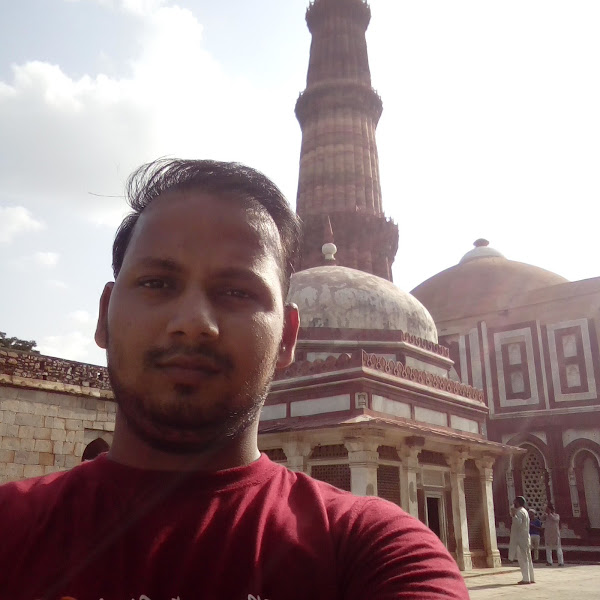
Hello, I’m Kapil Kumar, a seasoned SEO expert and blogger at WinnersList.in. My mission is to spotlight exceptional individuals and organizations across various domains. Through curated lists, profiles, and inspiring stories, I aim to celebrate outstanding achievements and inspire the next generation of champions. Join me in this journey.

